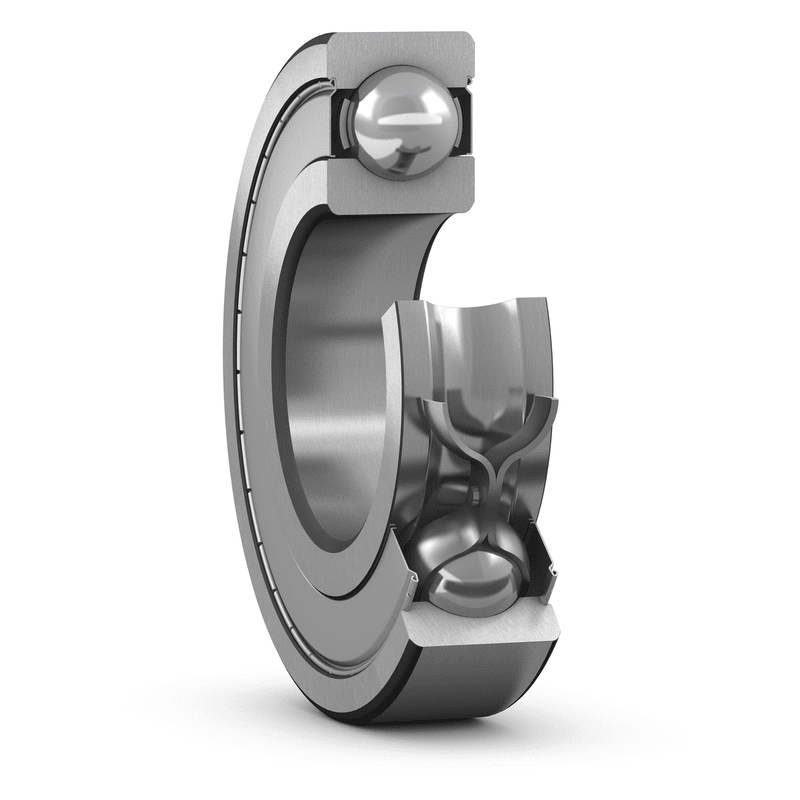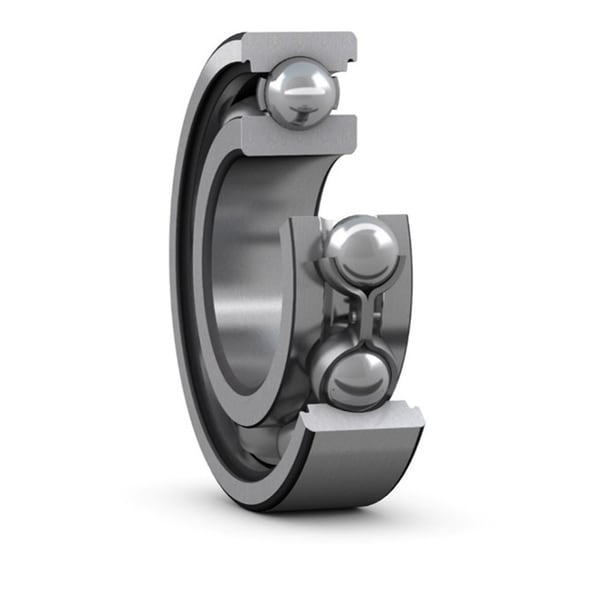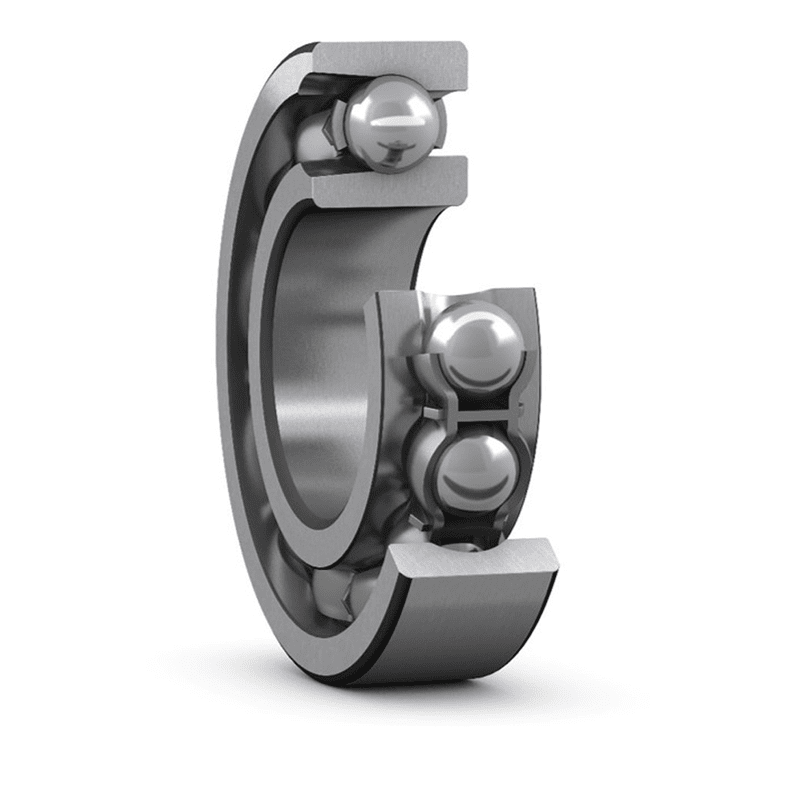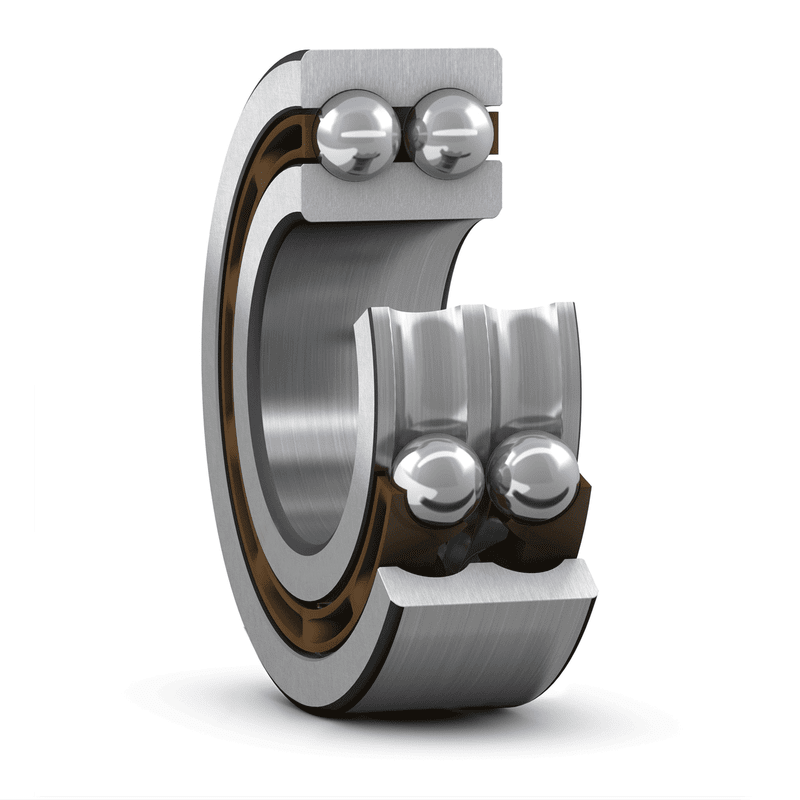I believe everyone has encountered the situation where new bearings make noise after installation. At this point, what comes to our mind must be a return, but is the noise from the bearings necessarily due to product quality issues? Today, I will share some methods with you, hoping to help everyone.
The sound of bearings operating normally

1. If the bearing is in good continuous rotation, it will emit a low whining or buzzing sound. If there is a sharp hissing, squeaking, or other irregular sound, it often indicates that the bearing is in poor running condition. Sharp squeaking noise may be caused by improper lubrication. Inappropriate bearing clearance can also cause metallic noise.
2. The dents on the outer ring track of the bearing can cause vibration and produce a smooth and crisp sound.
3. If there is intermittent noise, it indicates that the rolling elements may be damaged. This sound occurs when the damaged surface is rolled over, and if there are pollutants inside the bearing, it often causes a hissing sound. Severe bearing damage can produce irregular and loud noise.
4. If the impact damage caused during installation also generates noise, this noise will vary with the speed of the bearing.

Single row deep groove ball bearings are the most widely used type of bearing. Provide closed (with sealed or dust cover) or open design. Open type be...

Stainless steel deep groove ball bearings can resist corrosion caused by moisture and other media. Provide closed (with sealed or dust cover) or open ...

A single row deep groove ball bearing with a ball loading notch has a ball loading notch on both the inner and outer rings, which is used to load more...

Double row deep groove ball bearings are very suitable for use in bearing configurations where the load-bearing capacity of single row deep groove bal...
 Copyright © 2002-2021 SKF Bearing Copyright Address:1-2F, Building 4, 1628 Lizheng Road, Lingang New Area, China (Shanghai) Pilot Free Trade Zone
Copyright © 2002-2021 SKF Bearing Copyright Address:1-2F, Building 4, 1628 Lizheng Road, Lingang New Area, China (Shanghai) Pilot Free Trade Zone